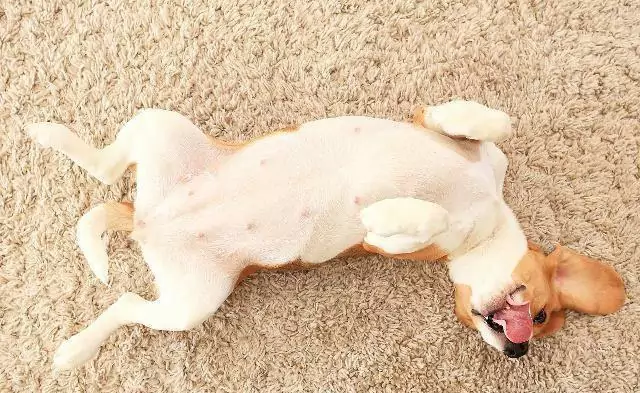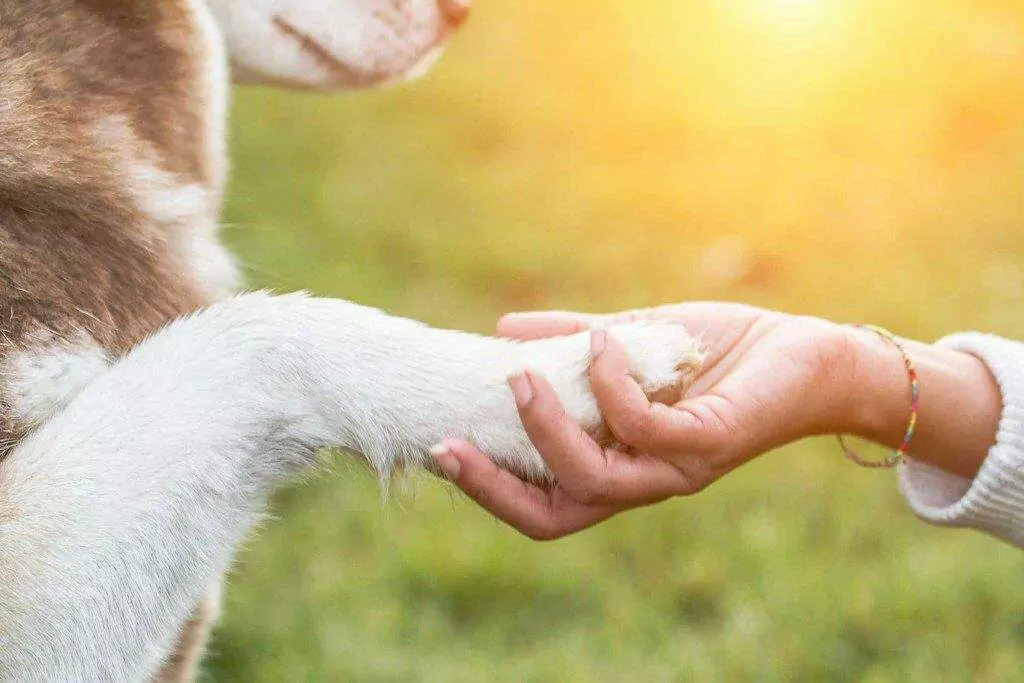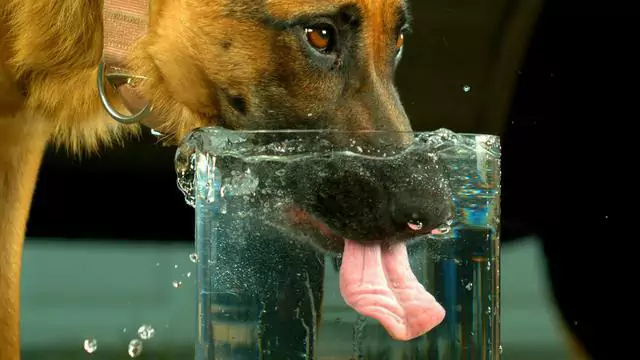How to clean the dog's mouth at home? Tips to remove dog mouth odor
2022-07-01
How to clean your dog's mouth at home
Your dog's oral hygiene is important, and dog owners can help clean your dog's mouth by brushing their teeth, using a dental cleaning stick, and using mouthwash. To brush your dog's teeth, use a special toothbrush with toothpaste. The next step is to give dog owners a good explanation about the way to clean their dog's teeth.
1銆乁se a special toothbrush and toothpaste
Brushing is a way to clean your dog's teeth, dog owners should use a special toothbrush and toothpaste when brushing your dog's teeth. The dog owner can call the dog to his side when a dog is happier, then open the dog's mouth and use the toothbrush to brush the dog's teeth one by one. In this process, the dog may not cooperate with the dog owner to brush the teeth, if the dog is resistant when brushing, it is recommended that the dog owner can give the dog a different way to clean teeth.
2, to use the dog teeth cleaning stick cleaning
The cleaning stick is a way to clean the dog's teeth, the cleaning stick is mainly made of meat foam and starch, and the dog's teeth contact, through the physical friction of the way to clean the dog's teeth. When using a dental cleaning stick, some dog owners will just throw it at their dog, but this is not the right way to use it because the dog will soon eat the stick in its stomach. The dog owner should grab one end of the cleaning stick and then let the other end of the stick move in the dog's teeth, trying to make contact with all of the dog's teeth.
3. Use mouthwash to clean your dog
Mouthwash is also a tool to clean your dog's mouth, but there are some differences with human mouthwash. Some of the human mouthwash will add xylitol, while dogs can not eat xylitol. All dog owners should choose to use mouthwash for dogs, such as the state of fun dog mouthwash. When using it, the dog owner only needs to mix the mouthwash with drinking water in a certain ratio.
There are quite a few ways to clean your dog's mouth, and dog owners can just choose the right one for their dog.
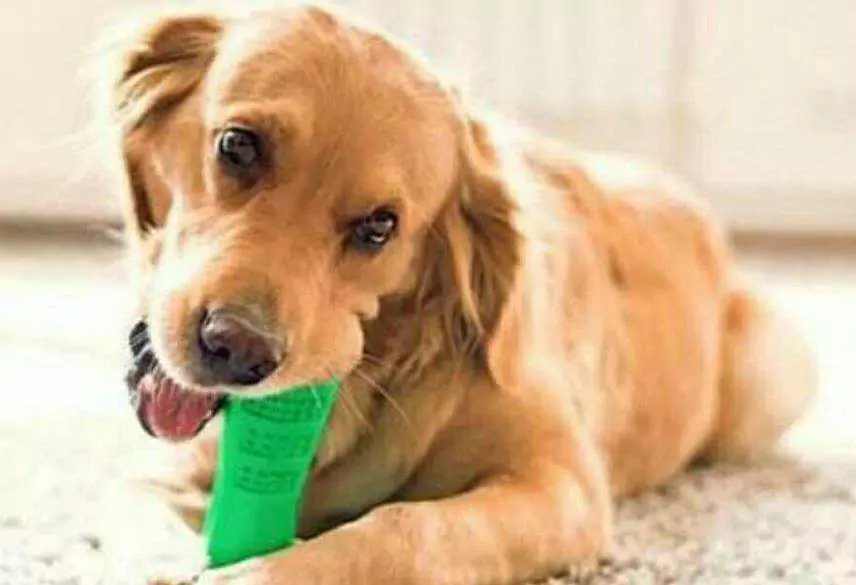
Tips to remove dog mouth odor
Dogs are well-behaved, cute and good-looking, and many owners like to be close to their dogs, but it can be quite devastating for owners to find out that their dogs' mouths stink. The dog's mouth stinks, usually because of oral inflammation. Owners can take to clean the dog's mouth, eat some light food and so on, to give the dog bad breath. Next we will talk in detail, to the dog's mouth smelly tips, I hope to help dog owners.
First, clean the mouth
The first tip to remove dog mouth odor is to give it a clean mouth. After the dog has eaten, do not give it clean mouth, food residue left in the gums or teeth, over time will decay, resulting in bad breath.
After a dog's meal, the owner can give it more water and use a pet oral cleaning spray like Pet Mouth Green to give it a spray. Buy a small toothbrush for your dog, brush your dog's teeth carefully, and if there is dental calculus, take your dog to the vet for a dental cleaning. Owners pay attention to the dog's clean mouth, the dog's oral odor will be much fresher.
Second, a light diet
The second tip to go to the dog mouth odor is to give it to eat light food. Dogs have oral problems, generally related to the food they eat, such as dogs often eat heavy, spicy and stimulating food, easy to get on fire, stomatitis, bad breath. And continue to eat these foods will also stimulate the stomatitis place, resulting in dog discomfort.
Therefore, the owner needs to give the dog to eat light food, after the dog has stomatitis, more need to give the dog to eat fine soft food, avoid stimulating the stomatitis place, the owner can give the dog to do meat porridge, millet porridge, pumpkin porridge and so on; also can directly buy nutritional cream and milk cake and so on to the dog to eat.
Three, supplement vitamins
The third tip to go to the dog mouth odor is to give it vitamin supplements. Dogs generally eat dog food, meat and bones, rarely eat vegetables and fruits, it is easy to lack vitamins, lack of serious, easy to have oral inflammation, halitosis.
So the owner can give the dog some vitamin supplements, such as feeding the dog Wang Think Vitamin B and Pet Mouth Pay to help replenish the dog with the vitamins and various nutrients it needs during stomatitis. This is for pets and is more suitable for dogs.
How to clean your dog's teeth
Dogs, like people, have a lot of bacteria in their saliva that can attach to the surface of their teeth to form plaque and turn into calculus with food debris. These can cause bad breath and periodontal inflammation, and may even cause problems such as periodontal disease or tooth loss. You smell your dog's bad breath or see a lot of tartar on your dog's teeth, but does your dog really need a dental cleaning? Or can brushing your dog's teeth more diligently in recent times after he has tartar solve the tartar problem? In fact, dogs, just like humans, need regular dental cleanings to remove tartar and plaque. It is advisable to ask your vet for advice, because even if a cleaning is needed, there are many factors to consider.
General anesthesia is required for dog dental cleaning
Dental cleanings can take a long time, and there is no way a dog can lie still and let you stick some instruments in its mouth. In order to prevent your dog from struggling during the cleaning process and being accidentally injured, general anesthesia is necessary for dog dental cleanings. Anesthesia necessarily involves risks, so be sure to find a professional vet before anesthesia. He will usually do a health check to make sure the dog's red and white blood cells, liver and kidney function, blood sugar and protein are normal, and assess the dog's physical condition to minimize the risk of anesthesia.
When the dog's dental cleaning is about to begin, an anesthetic will be injected so that the dog will soon I home and fall asleep. Next, a breathing tube is placed through the dog's mouth into the trachea. This tube ensures that oxygen and anesthetic gas can be delivered away from the dog's body during the procedure and also prevents fluid and bacteria from the mouth from entering the airways and lungs. During the procedure, the vet will adjust the dog's anesthesia. In addition, all vital signs will be closely monitored to ensure that there are no complications and that the dog does not wake up.
A few animal hospitals offer anesthesia-free scaling, but anesthesia-free scaling is quite controversial. The veterinarian holds the dog on the treatment table and slowly lifts the skin of the mouth to disinfect it while observing the dog's condition. Next, a hand scraper or forceps is used to remove the calculus from the surface of the teeth. The biggest advantage of this anesthesia-free scaling is that it is inexpensive, but it actually has many disadvantages. Because there is no anesthesia, some dogs simply don't want to cooperate, and there have been cases where anesthesia-free scaling has resulted in fractured upper jaws or broken teeth. It also cannot treat the inside of the teeth or periodontal pockets, cannot treat severe periodontal disease, and is only suitable for dogs with minor calculus.
Starting your dog's dental cleaning
After the dog is put under general anesthesia, the ultrasonic vibrations of the professional scaling machine are used to remove the calculus that has accumulated on the surface of the dog's teeth. A large amount of water is ejected from the scaler to cool the scaling head to avoid scalding the dog, and the water is also used to flush out any tartar and plaque that has fallen off. In addition, a probe is used to probe into the periodontal pockets above the dog's teeth to check if there is also calculus in them. After cleaning the dog's teeth, a rubber polishing tip and polishing paste are used to polish the surface of the teeth to make them smoother and reduce the possibility of plaque and calculus adherence. The dog will then enter the anesthesia recovery phase where he will be closely monitored until he wakes up.
Dental Extractions and Special Treatments for Dogs
In some cases, a dog has teeth that have affected its body and must be extracted, including loose, broken or severely unhealthy teeth. Extraction may be both quick and easy, especially if the tooth is already loose. If the diseased tooth is not loose, surgical extraction will not be difficult. If the dental disease is not very serious, extraction is not necessary. In this case, special antibiotics in the area, or other treatments can save the tooth. After a thorough dental examination is completed, your vet will tell you what he recommends.
Dental cleanings are risky, so regular cleanings and proper oral care are essential at home. Regularly brushing your dog's teeth will also help him get used to it and is a way to develop trust between owner and dog. Scaling doesn't really help much in treating periodontal disease; the main function is to improve the appearance of the teeth and make the owner feel good. However, if the dog's periodontal disease is very serious and the owner does not take care of the dog's teeth on a daily basis, it is only a matter of time before the periodontal disease recurs, even if the surface calculus is removed.
Was this article helpful to you?
Other links in this article
Deutsch:
Wie kann man das Maul des Hundes zu Hause reinigen? Tipps zur Beseitigung von Mundgeruch bei Hunden
español :
¿Cómo limpiar la boca del perro en casa? Consejos para eliminar el olor de la boca del perro
português (Brasil):
Como limpar a boca do cão em casa? Dicas para remover o odor da boca do cachorro
中文简体:
如何在家清洁狗嘴?去狗嘴臭的小窍门
中文繁体:
如何在家清潔狗嘴?去狗嘴臭的小竅門
Comments
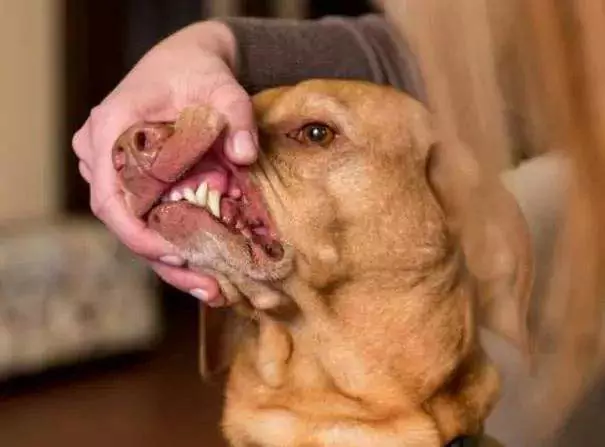
Is a dog's mouth cleaner than a human's? Dogs' mouths need regular cleaning
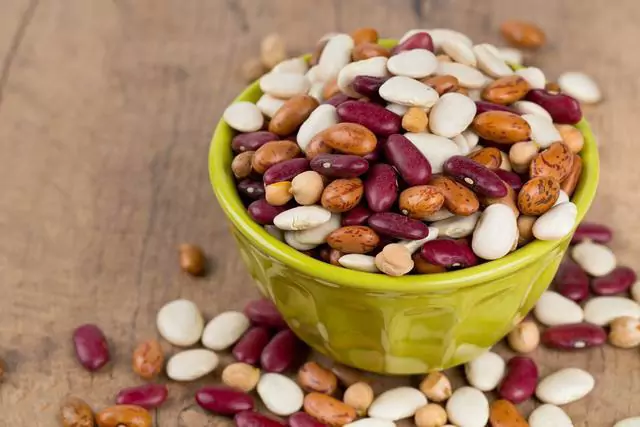
Can dogs eat beans? Do dogs eat beans for health?
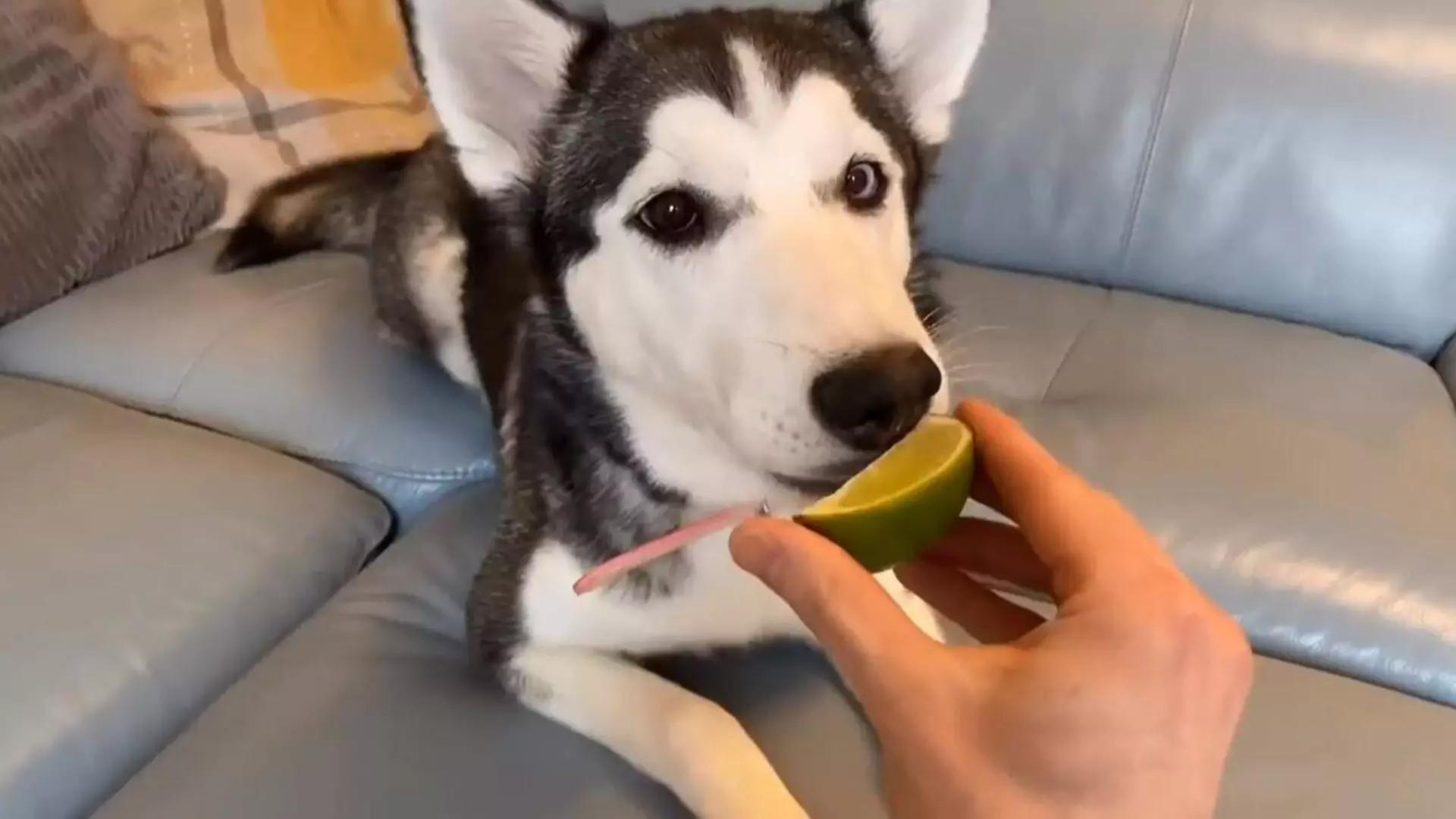
Can dogs eat lemons? Fruits that dogs should not eat more of
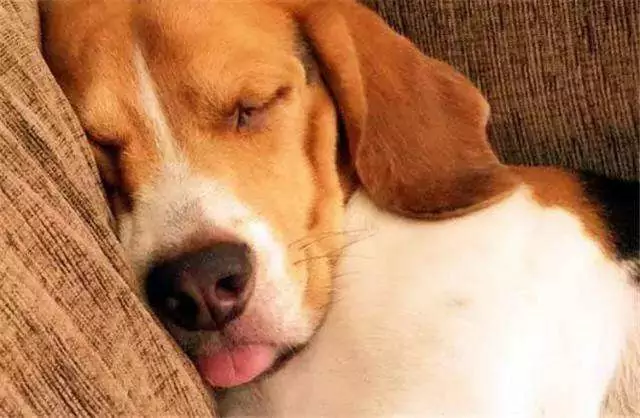
Do dogs have nightmares? Are dogs' dreams similar to humans'?
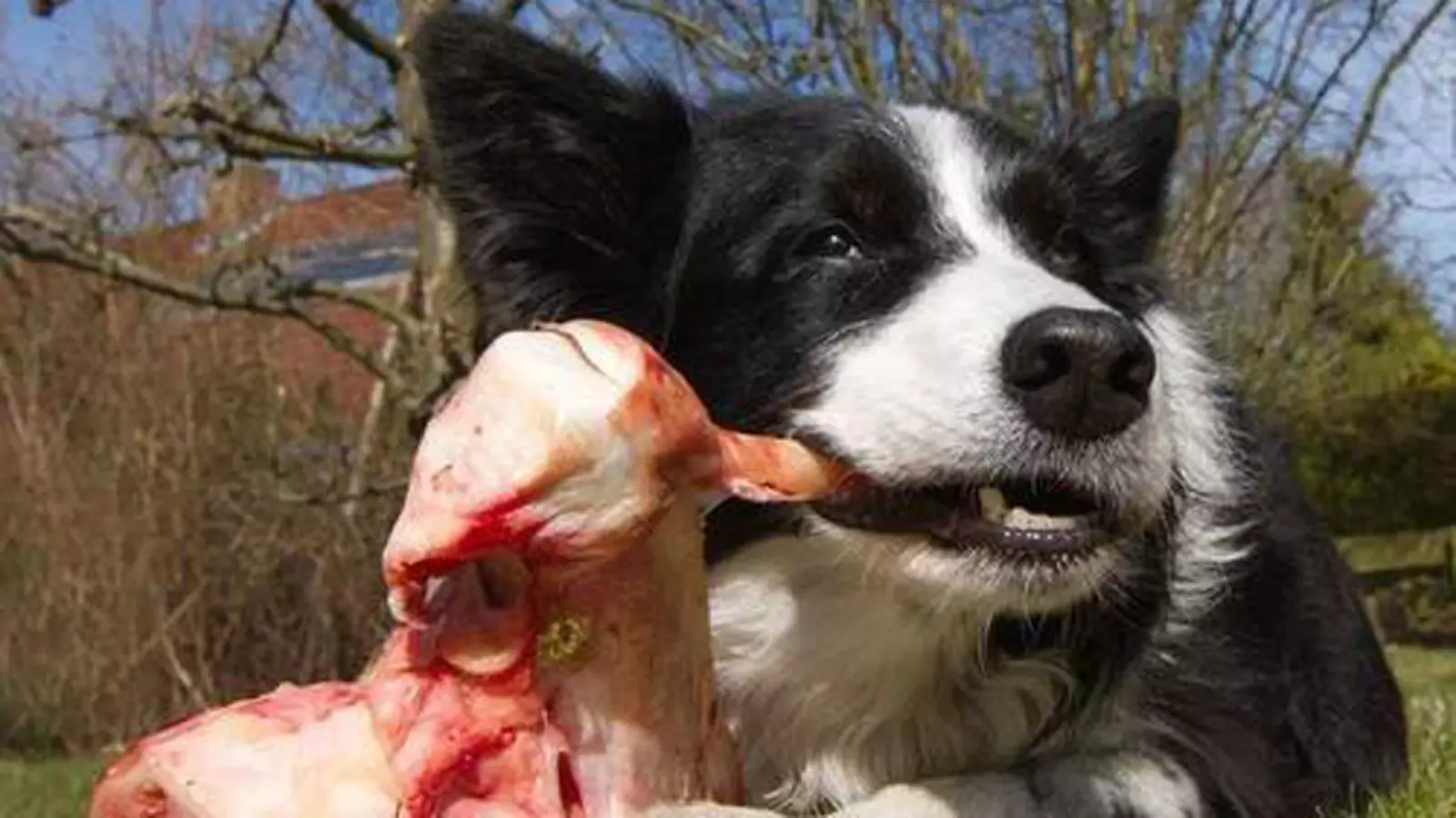
Can dogs eat raw beef? The benefits and drawbacks of beef for dogs
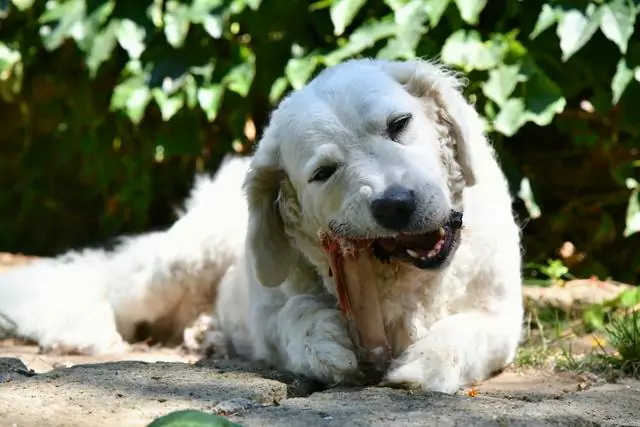
Is raw meat good for dogs? Can dogs eat raw chicken?
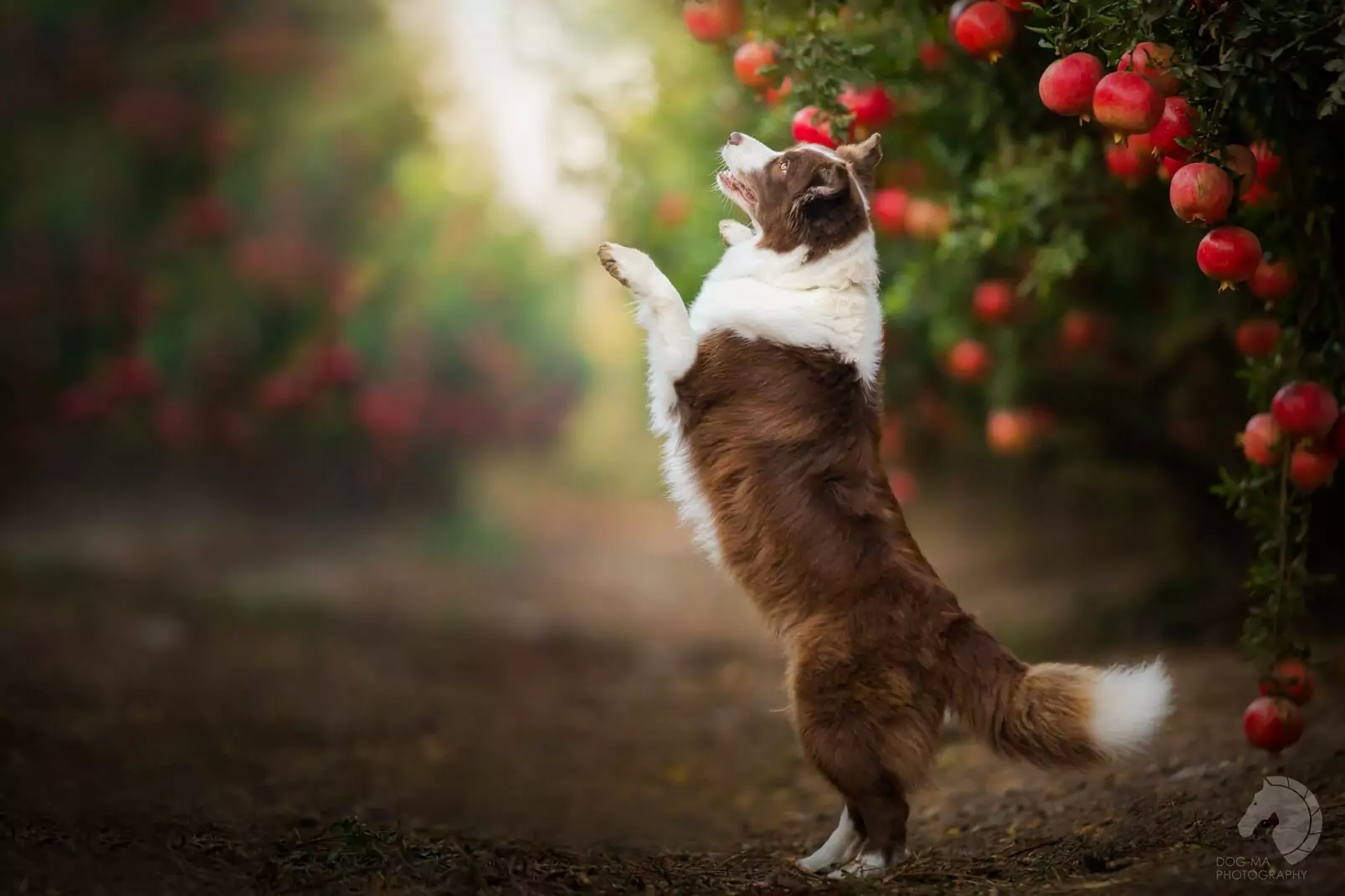
Can dogs eat pomegranates?
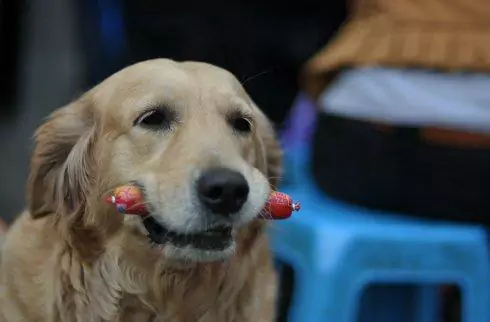
Can dogs eat ham?Can all types of ham hocks be eaten?
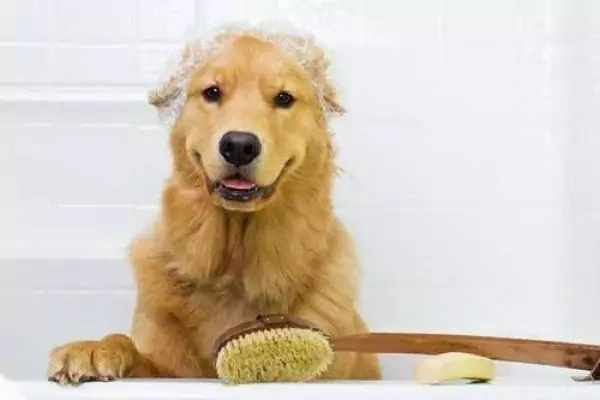
How to give a dog a bath

Can dogs eat kimchi?





